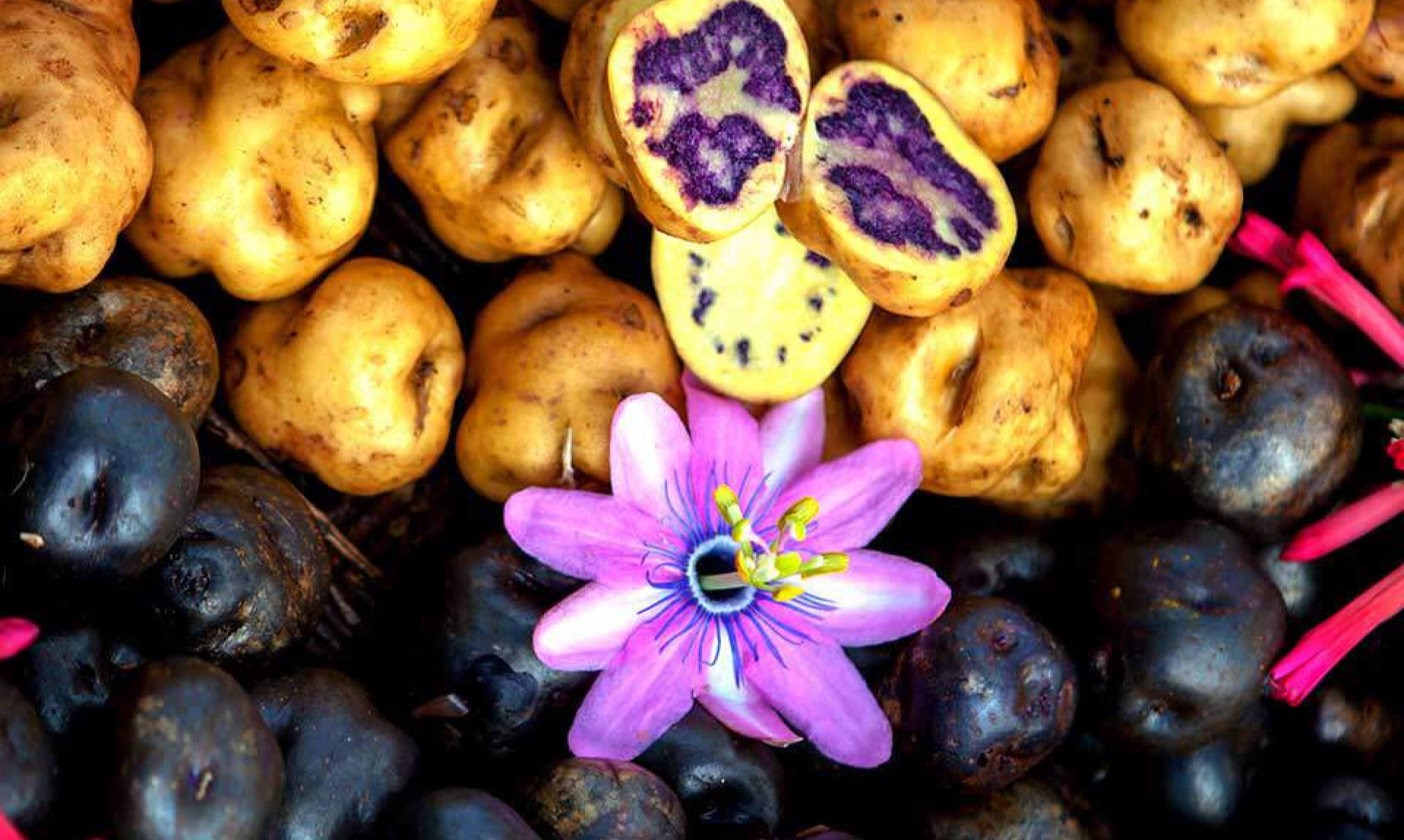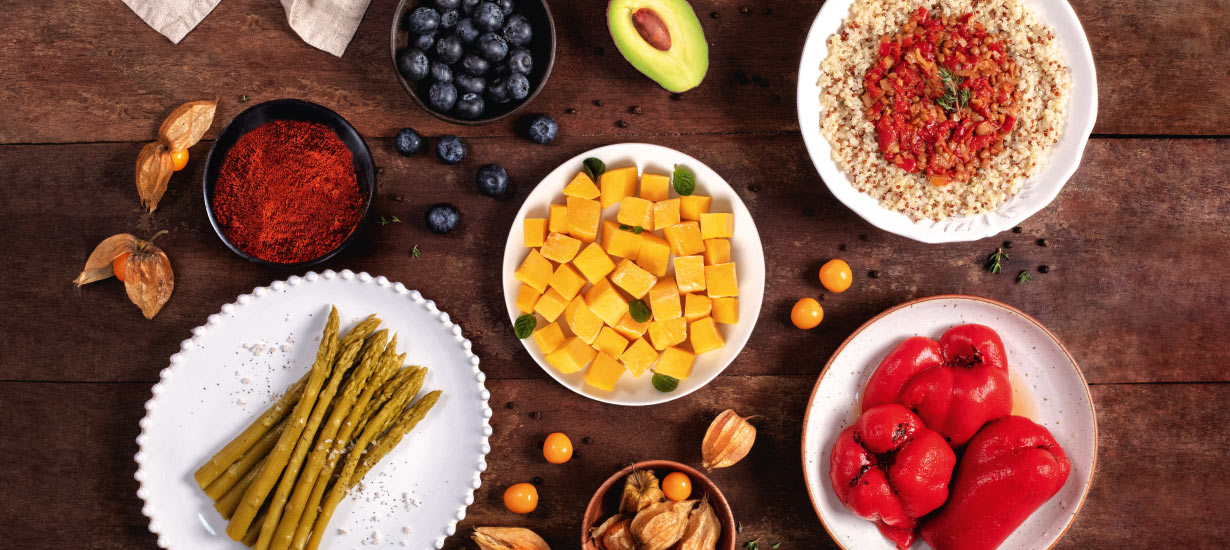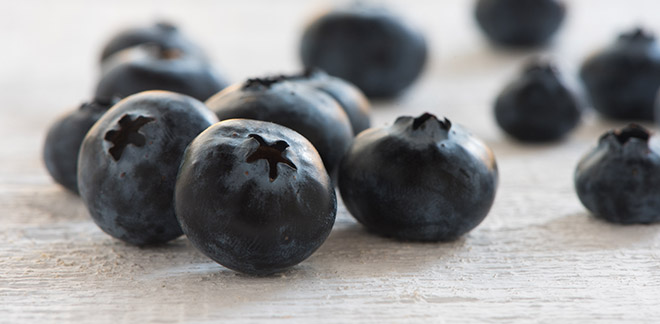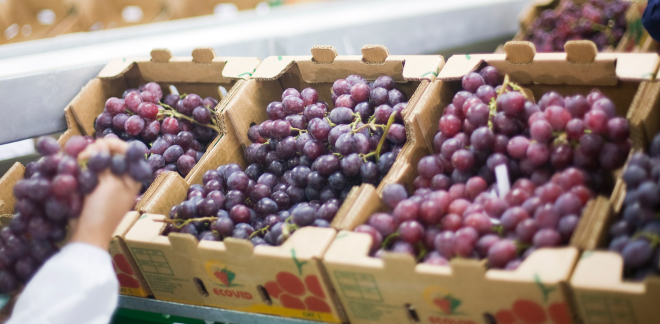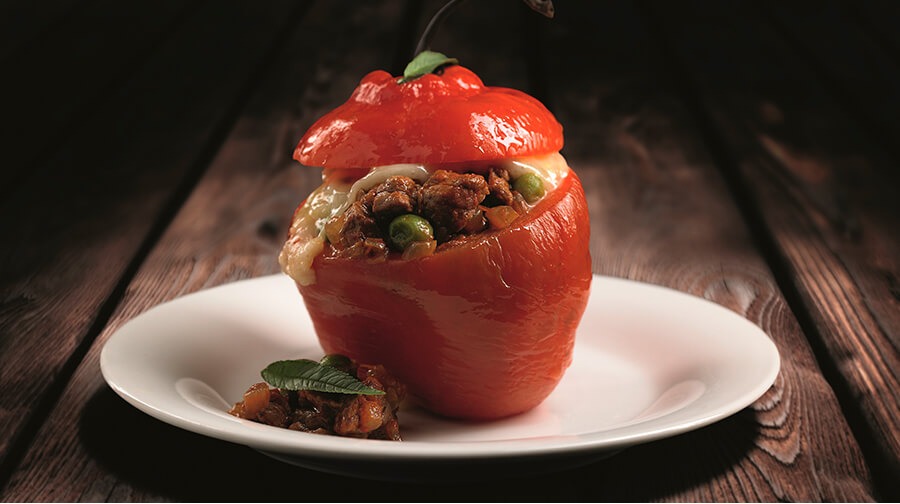5 Peruvian superfoods leading exports
Síguenos en:Google News
Peru is often called "the global grocery store"—a paradise for health food enthusiasts. Thanks to its incredible biodiversity, the country boasts around 40 superfoods that are sure to impress.
Across its diverse geography, Peru offers a wide variety of fruits, grains, tubers, vegetables, and legumes, all renowned for their rich content of essential nutrients vital for good health.
Peru’s most famous superfoods include grapes, blueberries, avocados, asparagus, and mangoes. Each of these foods boasts a unique nutritional profile and is packed with health benefits.
GRAPES
Peru's grape exports have seen remarkable growth in international markets. In the first three months of the 2023-2024 season (October to December), sales reached USD 1,058 million, a 40 % increase compared to the same period last year, which recorded USD 754 million, according to the Agroexports Management of the Exporters Association (ADEX).
Data from the ADEX Data Trade Intelligence System shows that during the first three months of the 2023-2024 season (October to December), the United States was the top destination for Peruvian grape exports, accounting for 47% of total exports. Other key markets included the Netherlands, Mexico, Hong Kong, China, the United Kingdom, Canada, Spain, Taiwan, and South Korea.
Among the top 20 markets, Hong Kong (130%), the Dominican Republic (96%), El Salvador (87%), Mexico (62%), and Guatemala (60%) stood out for their remarkable growth. Notably, Japan joined the list for the first time, recording nearly USD 8 million in grape exports.
 Source: Sandro Aguilar / PROMPERÚ
Source: Sandro Aguilar / PROMPERÚ
BLUEBERRIES
Fresh blueberries have taken the world by storm. Known as a superfood, this delicious fruit is packed with antioxidants, vitamin C, and other essential nutrients. The soaring global demand has positioned Peru as a powerhouse in agro-exports, making it the top exporter of fresh blueberries worldwide.
During the 2023/2024 season, Peru exported 222,000 tons of fresh blueberries, marking a 22.38% decrease compared to the 286,000 tons shipped in the previous 2022/2023 season, according to Agraria.pe.
According to the Proarándanos portal, Peru will have a total of 20,814 hectares dedicated to blueberry cultivation in 2023, spread across eight key regions of the country. The leading region is La Libertad, which accounts for 47% of the cultivated area, followed by Lambayeque (22%), Ica (9%), Lima (8%), and Ancash (7%).
 Source: Yayo López
Source: Yayo López
AVOCADO
Avocado is a true source of national pride and a symbol of honor in Peru. Its success can be attributed to a strong commitment to sustainability, product excellence, and the dedication of its growers. This crop stands out for its high quality and resilience to pests, thanks to being grown in temperate climates with minimal rainfall. Additionally, Peruvian avocados are highly regarded internationally, benefiting from organic and fair-trade certifications.
According to Agraria.pe, between weeks 1 and 33 of 2024, Peru exported 499,000 tons of avocados, generating revenues of USD 1,044 million, marking an 11% increase in value compared to the same period the previous year. Additionally, Peruvian fresh avocados were shipped to 35 international markets, with the Netherlands being the top destination, accounting for 32% of the total volume exported (160,000 tons).
To boost avocado exports to Asia, the Commission for the Promotion of Peru for Export and Tourism (PROMPERÚ) has launched several marketing campaigns in Japan and South Korea. One example is the collaboration between PROMPERÚ and the Association of Peruvian Hass Avocado Producers (PROHASS). In this public-private partnership, they introduced Japanese consumers to "Peruavo-kun," a charming character created to promote Peruvian avocados on platforms like Instagram and in stores, where they are marketed as Peruvian avocados.
Similarly, markets like South Korea have significantly contributed to the expansion of this superfood. In 2015, Peruvian avocado made its debut in the Japanese market, and in 2019, it expanded into the Thai and Korean markets. This has greatly boosted avocado exports and solidified Peru's position in the global rankings—truly a triumph for avocado lovers everywhere!
 Source: Guisella Benavides / PROMPERÚ
Source: Guisella Benavides / PROMPERÚ
ASPARAGUS
With a history spanning over 2,000 years, asparagus is one of Peru's most notable superfoods. The country is the world’s largest exporter of this product, reaching more than 80 countries.
In 2023, Peruvian exports of fresh asparagus totaled USD 391 million (98,000 tons), marking a 5.9% increase compared to the USD 370 million (130,000 tons) recorded the previous year.
There are two types of asparagus: green and white. The main difference between them lies in their chlorophyll content. Green asparagus grows in the open air, absorbing sunlight, while white asparagus develops underground and is harvested before it breaks through the surface. White asparagus is particularly prized for its delicate flavor and can command a higher price in some European markets, whereas green asparagus is known for its more intense flavor and firmer texture.
Asparagus is packed with nutritional benefits, including high levels of vitamin C, vitamin B1 (thiamine), and vitamin B6. It is also cholesterol-free and rich in essential minerals like fluoride, copper, zinc, manganese, and iodine, making it a valuable addition to a healthy diet.
By enjoying asparagus, you're not only nourishing your body, but also supporting thousands of hardworking Peruvian farmers. The growing demand for asparagus has created numerous job opportunities for Peruvian citizens, contributing to the country's economy.
 Source: Marco Vargas
Source: Marco Vargas
MANGO
Peru is a major player in the mango industry, ranking as the world’s fourth-largest exporter of this delicious fruit. With varieties like Kent (fresh), Edward (frozen), Haden, and Tommy Atkins, the Peruvian mango is renowned not only for its sweet taste and juicy, soft texture but also for being a true nutritional powerhouse. This sweet fruit is rich in vitamins A and C, minerals, fiber, phytochemicals, and antioxidants, while being low in fat and sodium.
Mangoes are rich in beta-carotene, making them beneficial for alleviating asthma symptoms and potentially fighting certain types of cancer. Their high fiber and potassium content help reduce the risk of heart disease, while the vitamin A in mangoes supports skin health. Additionally, the nutrients in mangoes are crucial for eye health and digestion.
According to Adex Data Trade, in the first half of 2024, Peru's mango exports reached 66,665 tons, with a value of USD 187 million. The Netherlands was the top destination for Peruvian mangoes, importing 29,017 tons, followed by the United States (19,335 tons), the United Kingdom (4,705 tons), Spain (4,432 tons), Canada (1,799 tons), South Korea (1,570 tons), France (1,447 tons), and Chile (1,191 tons).
 Source: Yayo López
Source: Yayo López
These five Peruvian superfoods are not only dominating international markets but are also sharing Peru's rich legacy with the world. The increasing demand for healthy and functional foods has solidified Peru's position as a leader in the export of superfoods, benefiting both local producers and global consumers looking to enhance their health and well-being.

